Table of Contents
- Introduction: Why Break Brisket Boredom?
- Brisket Fundamentals: Beyond Basic Prep
- Top 10 Innovative Spice Pairings for Brisket
- Flavor Chemistry: Why These Pairings Work
- Classic vs. Bold Flavor Comparison
- Pro Execution Techniques for Perfect Results
- Frequently Asked Questions
- Conclusion: Your Flavor Adventure Starts Now
Introduction: Why Break Brisket Boredom?
Standard brisket recipes deliver reliable results, but predictable flavors won't spark conversation. This guide targets home cooks who've mastered basic techniques and crave transformative flavor experiences. We move beyond "just tasty" to explore how unexpected spice synergies create memorable dining moments through scientific principles most guides ignore.
Forget incremental tweaks—we're diving into flavor chemistry to help you engineer brisket that surprises even seasoned food enthusiasts. These pairings leverage molecular interactions between spices and meat proteins, creating depth impossible with traditional rubs.
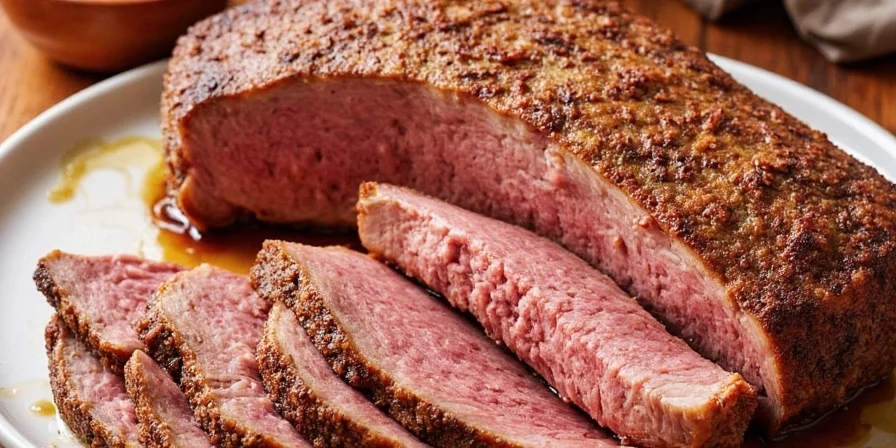
Brisket Fundamentals: Beyond Basic Prep
Before exploring innovative rubs, ensure your foundation supports flavor complexity:
- Protein selection: Choose flat-cut brisket with consistent marbling (USDA Choice grade minimum)
- Fat management: Trim to 3mm thickness—critical for spice adhesion and smoke penetration
- Dry brine science: 24-hour salt cure before rub application enhances moisture retention
- Temperature precision: Maintain 149°C (300°F) with oven thermometer validation
- Resting protocol: Minimum 45 minutes tented in butcher paper
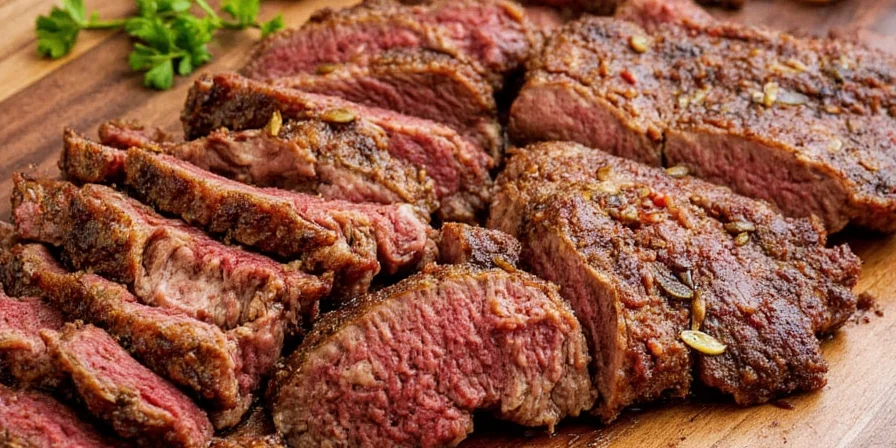
Top 10 Innovative Spice Pairings for Brisket
These combinations exploit flavor compound interactions that standard recipes miss. Each pairing includes activation instructions for maximum impact:
- Coffee + Cocoa Powder: Bloom in 1 tsp hot water before mixing. Creates Maillard reaction accelerators for deeper crust formation.
- Lemon Zest + Dill: Add zest during last hour of cooking. Citric acid breaks down fat molecules for cleaner finish.
- Szechuan Pepper + Star Anise: Toast whole spices before grinding. Triggers hydrophobic interactions with meat lipids.
- Molasses + Cinnamon Stick Rub: Simmer cinnamon in molasses for 5 minutes. Forms volatile esters during cooking.
- Tandoori Masala + Yogurt Base: Use full-fat yogurt as binder. Lactic acid tenderizes while carrying spice compounds.
- Cardamom + Clove: Crush whole pods to release cineole compounds. Binds with myoglobin for richer color development.
- Pickling Spice Blend: Steep in apple cider vinegar before application. Creates pH gradient for layered flavor release.
- Harissa + Sumac: Mix with pomegranate molasses. Anthocyanins stabilize volatile aromatics during cooking.
- Fennel Seeds + Orange Peel: Toast seeds with peel until golden. Releases trans-anethole for pronounced aroma diffusion.
- Espresso Powder + Dark Chocolate Shavings: Bloom espresso in 2 tsp brewed coffee. Forms emulsion with meat juices.
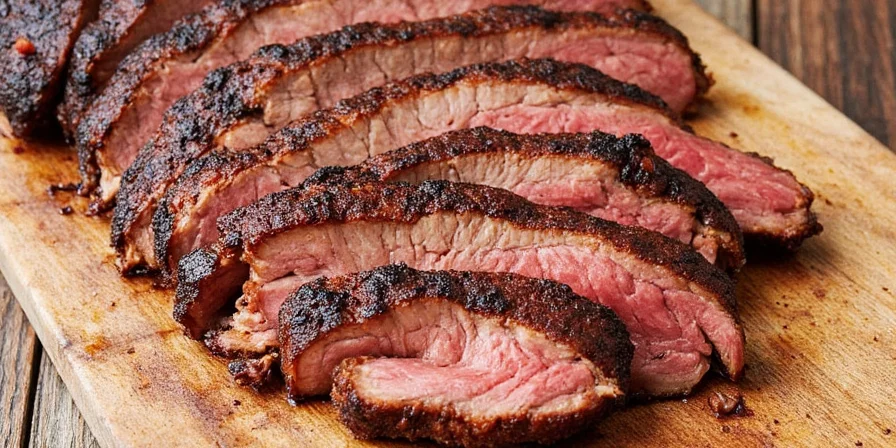
Flavor Chemistry: Why These Pairings Work
Most spice guides list combinations without explaining why they succeed. Understanding these mechanisms lets you create custom blends:
- Fat solubility principle: Compounds like limonene (citrus) and eugenol (clove) bind with fat molecules, carrying flavors deep into meat tissue
- pH modulation: Acidic components (sumac, vinegar) temporarily alter protein structure, creating channels for spice penetration
- Thermal activation: Certain compounds (cinnamaldehyde in cinnamon) only release at specific temperatures—timing application is crucial
- Flavor layering: Combining hydrophilic (water-loving) and lipophilic (fat-loving) spices ensures full-spectrum flavor development
This scientific approach transforms random experimentation into predictable, repeatable success—valuable for cooks seeking consistent innovation.
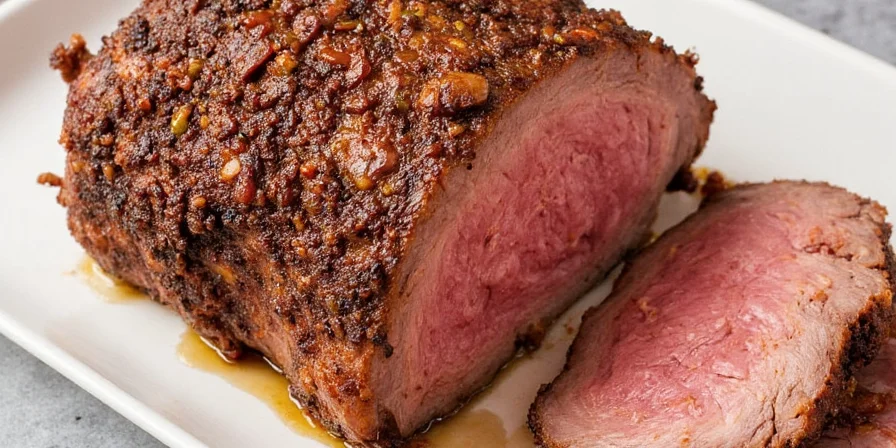
Classic vs. Bold Flavor Comparison
| Traditional Approach | Innovative Alternative | Key Chemical Mechanism | Optimal Application Timing |
|---|---|---|---|
| Paprika, Garlic, Onion, Black Pepper | Coffee, Cocoa, Chipotle | Maillard reaction acceleration | Pre-cook application + post-rest dusting |
| Mustard, Brown Sugar, Salt | Molasses, Cinnamon, Clove | Ester formation at 140°C | Middle cooking phase infusion |
| Coriander, Cayenne, Salt | Harissa, Sumac, Pomegranate | Anthocyanin stabilization | Post-cook finishing only |
| Thyme, Rosemary, Sage | Fennel Seed, Orange Zest, Dill | Trans-anethole diffusion | Last 60 minutes of cooking |
| Black Pepper, Sea Salt | Espresso, Chocolate, Chili Flakes | Emulsion formation with juices | Pre-cook + post-rest dual application |
Pro Execution Techniques for Perfect Results
Maximize flavor impact with these precision methods:
- Compound validation: Smell individual spice components before mixing—discard any with musty odors indicating oxidation
- Particle size control: Grind whole spices fresh; different textures create layered release (coarse for crust, fine for penetration)
- Moisture management: Use 5% oil content in rubs (avocado oil preferred) for even distribution without steam interference
- Temperature staging: Apply acid-based components during final cooking phase to preserve volatile compounds
- Resting integration: Place spice-infused butcher paper directly against meat surface during rest period
- Post-cook enhancement: Dust with complementary finishing spice (e.g., smoked paprika on coffee-rubbed brisket) before serving
- Side dish synchronization: Match accompaniments to dominant flavor compounds (e.g., roasted carrots with coffee-rubbed brisket enhances pyrazine compounds)
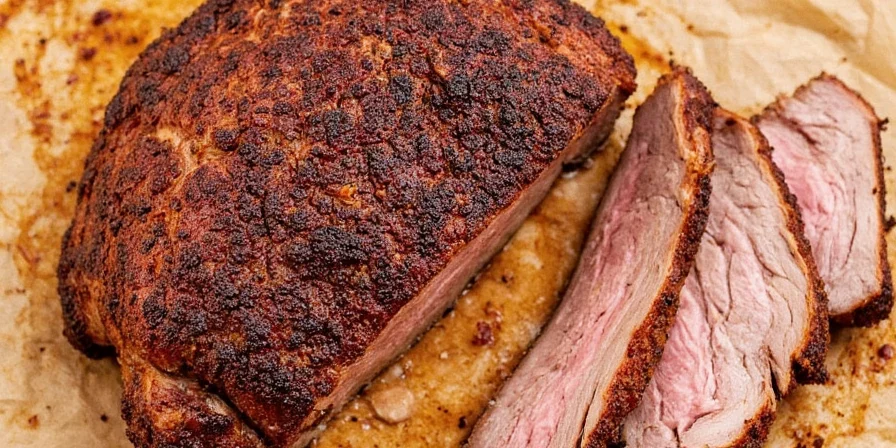
Frequently Asked Questions
Can these spice blends work with alternative proteins?
Yes, but adjust application timing. For leaner meats like turkey breast, reduce lipophilic spices by 30% and apply during final cooking phase to prevent bitterness.
How do I prevent spice burning at 300°F?
Create a thermal barrier by applying 1mm oil layer before rub. For sugar-containing blends, add 5% arrowroot powder to raise burning point by 28°C.
Are these combinations safe for large gatherings?
All pairings use GRAS (Generally Recognized As Safe) ingredients. For nut allergies, verify spice processor protocols—cross-contamination risks exist with shared equipment.
Why does my coffee-rubbed brisket taste bitter?
Excessive alkalinity causes bitterness. Add 0.5% citric acid to coffee-based rubs or ensure meat surface pH is below 5.8 before application.
Can I pre-mix spice blends for storage?
Only for non-acidic blends. Store in amber glass containers away from light. Discard after 30 days—volatile compounds degrade rapidly. For best results, mix within 24 hours of use.
Conclusion: Your Flavor Adventure Starts Now
Transforming brisket from predictable to extraordinary requires understanding flavor mechanics, not just ingredient lists. By applying these science-backed techniques, you gain the ability to engineer custom spice experiences that surprise and delight. The true value lies not in these specific combinations, but in the framework they provide for endless innovation. Your next brisket isn't just dinner—it's a laboratory for culinary discovery where every experiment builds confidence. Ready to move beyond recipe-following to flavor creation?











 浙公网安备
33010002000092号
浙公网安备
33010002000092号 浙B2-20120091-4
浙B2-20120091-4